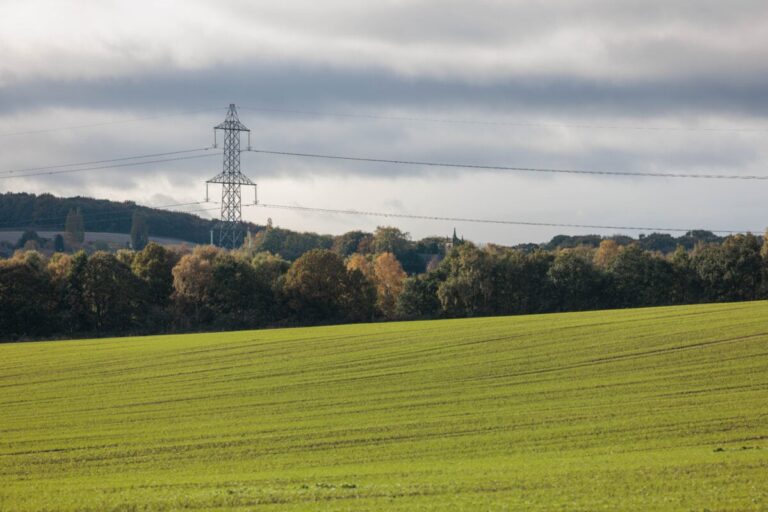Green Nation has released updated plans for the Whitestone Solar Farm with a reduction in the area that will be covered by PV panels on solar energy.
In an attempt to respond to the consultation as quickly as possible, to ensure the community that their feedback is being taken on board, the developer has announced the size reduction while still undergoing technical assessments, Solar Power Portal heard.
As a result, it cannot yet state what the capacity of the updated proposals will be.
Whitestone is a proposed solar energy plant that is brought forward by developer Green Nation who would be placed between Rotherham and Doncaster and connect to the National Grid in Brinsworth substation.
When plans were first published by Green Nation, it was confirmed Solar -Energy Portal That the final development of up to 750 MW could deliver to the National Raster, while also a battery energy storage system (BESS) of an unconfirmed capacity.
The solar developer established in the United Kingdom held a first overlaw round on the planned project between November 2024 and the end of January 2025.
In response to the feedback received, 279 hectares that would have been covered by the solar installation will not have above-ground infrastructure. Part of this space will be used instead for environmental improvement and mitigation, and grasses and wild flowers are planted to support wildlife and increase biodiversity.
As a result, the area for solar development and associated infrastructure would only cover about half of the total site area. Green Nation also said that the new proposals allow more space between houses and villages near the project border and the PV Arrays.
In the spring of 2026, Green Nation wants to submit its application for a development assignment (DCO) to the British government. A second consultation round will be held in the fall this year.
Due to the initially proposed size of 750 MW, Whitestone Solar is considered a nationally important infrastructure project (NSIP). This means that it will bypass the local planning authority to be approved (or not) approved by the government.
Although the government policy is to quickly increase the solar capacity of the country in 2030, the local pushback against solar energy plants on utility scale in the UK growth in zeal and it is important that developers respond in the right way.
A way in which developers can try to mitigate the dissidence of the community is by acting to the problems that were discussed during the consultation. The reduction in the size of Green Nation In this case is a good example of how a developer can improve the local feeling.
Another example of how developers can reassure the locals is the Great North Road Solar and Biodiversity Park, renamed to display a partnership with local nature feeds in response to community feedback received by developer elements Green.
The solar company has also adjusted the scale and layout of the development, reduced the project area and guaranteeing larger margins between local property and the solar panels.


